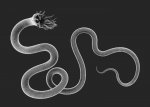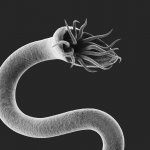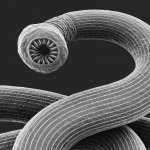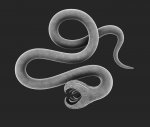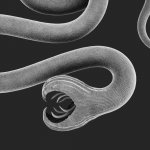Hi All.
I suspect there is no simple (or even only semi-tedious) way to do this, but I would like to straighten out this tail mesh and have it aligned along the Z axis.
Its not critical as I could approximate in a number of ways. But if it could be done I would. Any ideas? See image.

Thanks in advance!
00shift Studio
I suspect there is no simple (or even only semi-tedious) way to do this, but I would like to straighten out this tail mesh and have it aligned along the Z axis.
Its not critical as I could approximate in a number of ways. But if it could be done I would. Any ideas? See image.
Thanks in advance!
00shift Studio


